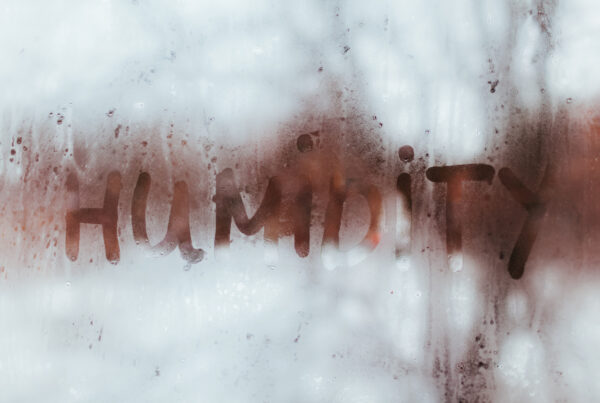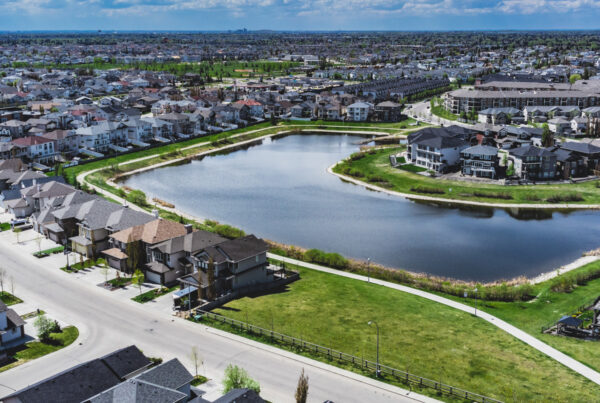Ice dams are any homeowners’ nightmare. In this third of three articles digging into the details of ice dams, we teach you how to find the cause of your ice dams and prevent future ice dams from forming. In this final part of our ice dam series, we’ll outline common causes of ice dams, and how to prepare your home so you don’t fall victim to damming. And if you missed the first and second parts, check them out for tips on identifying an ice dam, short-term solutions, and the cost of removing it.
Finding the cause of your ice dam
When you discover you have an ice dam, you must remove it immediately. But then you must find the cause to prevent it from happening again and creating major damage.
Primarily, the souce of ice dams is an attic that is leaking out warm air, causing the snow to melt and then re-freeze. This blocks extra water from being able to drain, so the water is forced inside the structure of your residence. Trying to find the cause of your ice dam can be difficult because the issue can stem from poor insulation, poor infrastructure, and poor venting. Many of these problems cannot be identified without the help of a professional.
To accurately get to the root of the problem, have a professional conduct. An energy audit assesses your home’s energy consumption, and evaluates what measures you can take to be more energy efficient. Usually, the assessment checks for leaks, examines insulation, and inspects venting, which all can attribute to heat loss in your attic (Home Energy Saver).
Ice dam preventions
Ideally, you want to be taking preventative steps so an ice dam never forms. There are plenty of short-term solutions that will help slow down the formation of an ice dam but to truly resolve the issue you might have to shell out some serious bucks. The few ways to prevent future ice dams from forming include keeping the roof cold and installing proper ventilation. Luckily, the frigid outside air can help keep your roof cold, but installing a new venting system may require breaking into your emergency bank account.
Keeping the roof cold
The best solution to preventing ice dams is making sure your roof stays cold during the winter. This may seem like an obvious task, but any leaks in the attic could provide excess heat to cause an ice dam. Essentially, you let the outside air do its job by keeping the attic as cold as the air temperature. In the case that your attic has a leak, you can thicken the insulation in your home to stop the leak.
Install a well-working vent system
In the case that there is still excess air coming in, you can look into your venting system. It’s possible that your current venting system is not effectively ventilating the roof, therefore, you may need to install a better, well-ventilating vent system. The best case scenario would be installing a well-working system in a new construction, whereas with current builds, it is possible to come across more issues. In a new construction, you can design the home “to include plenty of ceiling insulation, a continuous air barrier separating the living space from the underside of the roof, and an effective roof ventilation system” (Preventing Ice Dams). All of these components will slow the heat flow to the attic and help the roof to stay cold. In an existing home, you may come across other issues that prevent you from following through with the project.
When trying to identify the cause of your ice dams, it’s helpful to have an energy audit done to pinpoint what is causing ice dams to form on your home. In most cases, energy audits help identify the three most common issues: poor ventilation, poor insulation, and leakage. Energy audits can also provide ways to prevent future ice dams from forming. if you’re able to implement various precautions before the cold season sets in, your home will be well-prepared for the winter months.
Photo by Katherine Bowman under the Creative Commons 2.0 license





